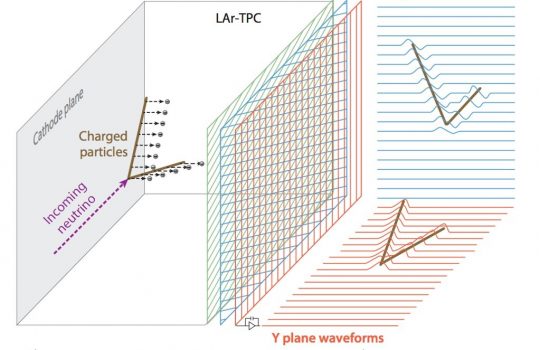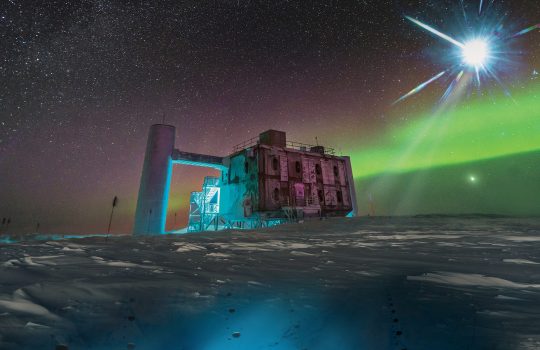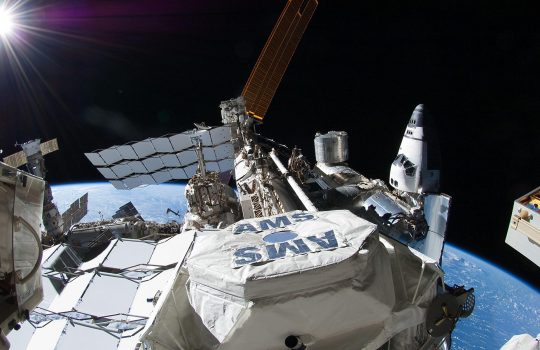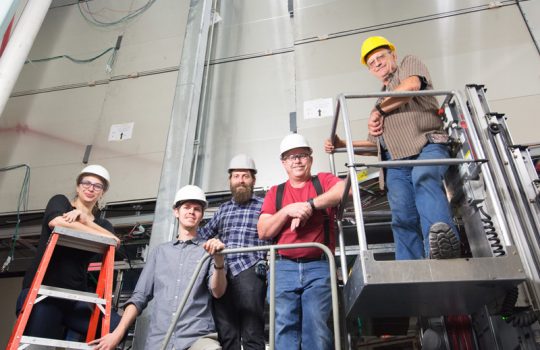UNAM and international partners to x-ray Kukulcán Pyramid, seek hidden chamber
BNN News, Feb. 28, 2024
Fermilab scientists are part of a team of global collaborators working on groundbreaking research to unlock the mysteries of the Kukulcán pyramid in Chichén Itzá using advanced X-ray analysis and cosmic ray detection. The research aims to gain insights into the construction techniques and purposes of the pyramid’s inner chambers which could not only confirm the existence of a hidden chamber but also shed light on the architectural and cultural achievements of the Maya civilization.





